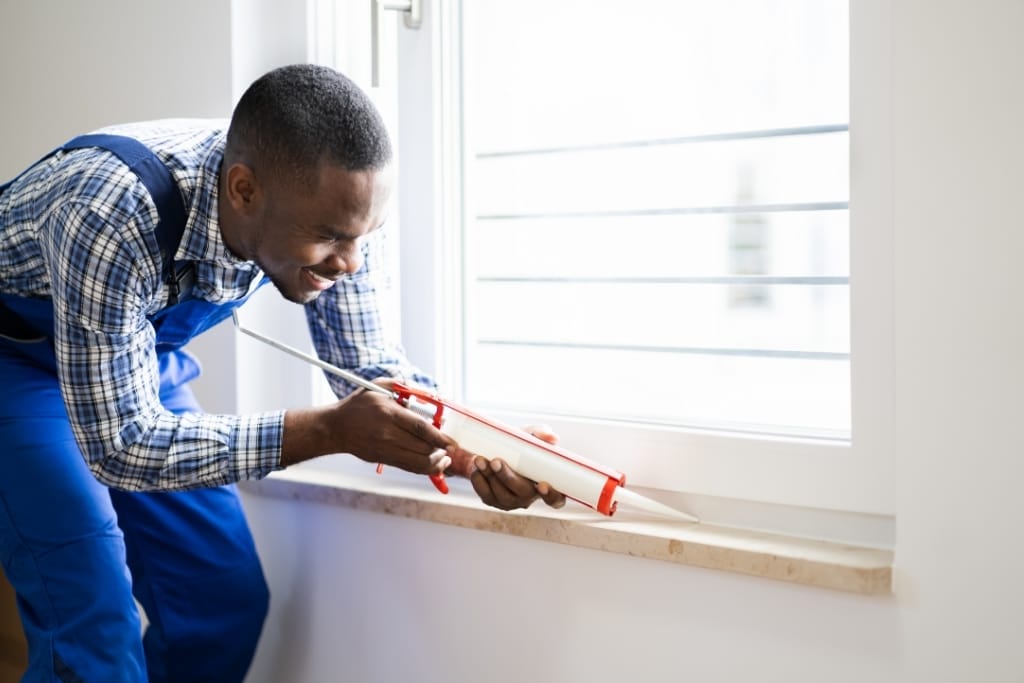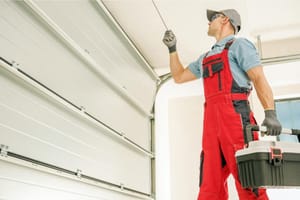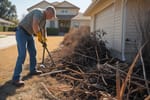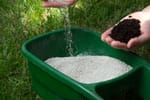Do you look forward to the winter months and the holidays that you associate with them? We bet the one thing that you dread the most during this cold time of the year is your heating bills, especially with the rising cost of energy.
The good news is that you can, of course, cut down your heating expenses, and one of the most effective ways to do this is by winterizing your windows.
Home improvement experts say that winterizing windows can reduce heating expenses by 20 to 30%, which, in general terms, can mean a considerable amount of money saved.
The primary goal of winterizing your windows is to prevent heat loss, and here are six ways you can do this:
1)) Know Your Windows
Before you embark upon your winterization journey, first figure out what types of windows you have.
Doing so will enable you to find the compatible treatment and installations needed.
Here are a few of the various types of windows:
- Single-Hung
- Double-Hung
- Horizontal Sliding
- Swing Out
- Slat Piece
- Among Others
If you’re unsure about the types of windows you have, you can always have a specialist come out to identify them, usually at no charge.
Also, consider how old your windows are because if they are rather old such as single pane, which usually functions quite unfavorably, perhaps what you need to do is replace them with up-to-date energy efficient dual pane glass if you have the budget.
Though this move may cost you more, this is more practical in the long run.
2)) Check the Windows for Leaks
There are a lot of ways to do this, and one very effective low-tech method is the use of a candle.
Simply hold a lit candle at least four inches from the window, and notice if the flame flickers; if it does, there’s a good chance you’ve spotted a leak.
You can also use an incense stick. Watch the smoke trail as it moves with the air current; it will lead you to a leak if there is one.
You can hire a professional to perform a Home Energy Audit if you’d like to have an accurate assessment of where the leaks are in your house.
A qualified window installer can inspect your windows as well and give you an estimate on replacement options.
3)) Install Weatherstripping to Remedy Leaks
The type of weatherstripping to use and how to install it depends on the type of window.
If you’re a Do-It-Yourselfer, you can buy a weatherstripping kit or purchase the materials separately.
Going with a kit may save you some money.
Some of the materials often used are felt, aluminum, and vinyl. Install weatherstripping along frames, sash, and sides, depending on the type of window you’re dealing with.
4)) Caulk Your Windows
Caulking is done to seal any cracks and gaps around your windows. Apply caulk around the frame, sash, or anywhere there is a crack that encourages heat loss.
Don’t forget about the old candle trick to locate leaks.
Interior caulking is better, although exterior caulking is also used for weatherproofing.
Caulk wears out over time, so it is important to replace and re-apply when winterizing.
Always go with the highest quality caulk you can buy to ensure maximum longevity before having to re-apply.
5)) Cover the Windows with Shrink Plastic
While this doesn’t appeal aesthetically, plastic can be an easy solution to leaky windows.
You can cover either the outside or inside windows, although some prefer the latter. With double-sided tapes plastered on the window frames, attach the shrink plastic, which you can buy from most home improvement stores, and spread it across the windows.
Use a hair dryer to shrink and smoothen out the plastic. In place of shrink plastic, you can substitute plastic wrap that’s used for food.
6)) Install Blinds
Match it with multi-layered treatments such as vinyl-backed curtains and draperies. This way, you can keep the warm air in and the cold air out.
It is recommended to have as many layers as you can to keep warm air inside.
In place of blinds, drapes alone would do just as well in winterizing your windows.
Conclusion
Changing windows could be expensive, but it would surely help in providing protection and warmth.
Aside from storm windows, there are also window insulator kits.
These kits however are not visually appealing and only temporary, but they are definitely inexpensive.
You simply affix it to the interior side of the window.
Winterizing can help preserve your property, and save you money on heating and repair costs.
This whole prepping process protects your investment and at the same time keeps everything in good condition.
Consistent maintenance is always less expensive than deferred maintenance.
It’s no secret that a lot of warm air during the winter and cool air during summer escapes through leaks around windows.
The best defense against all this leakage is to winterize your windows ASAP!
Download Our Free E-book!








